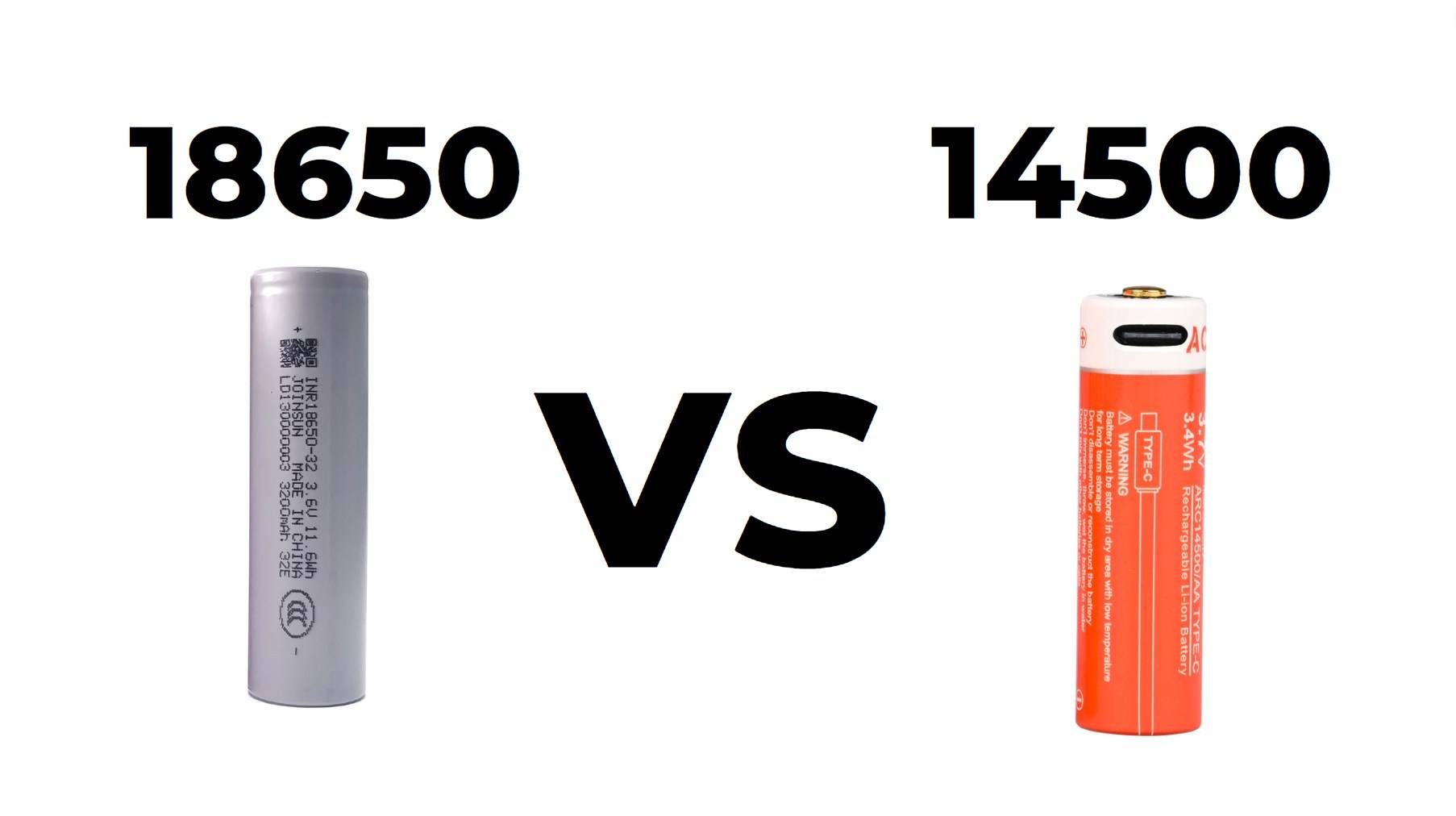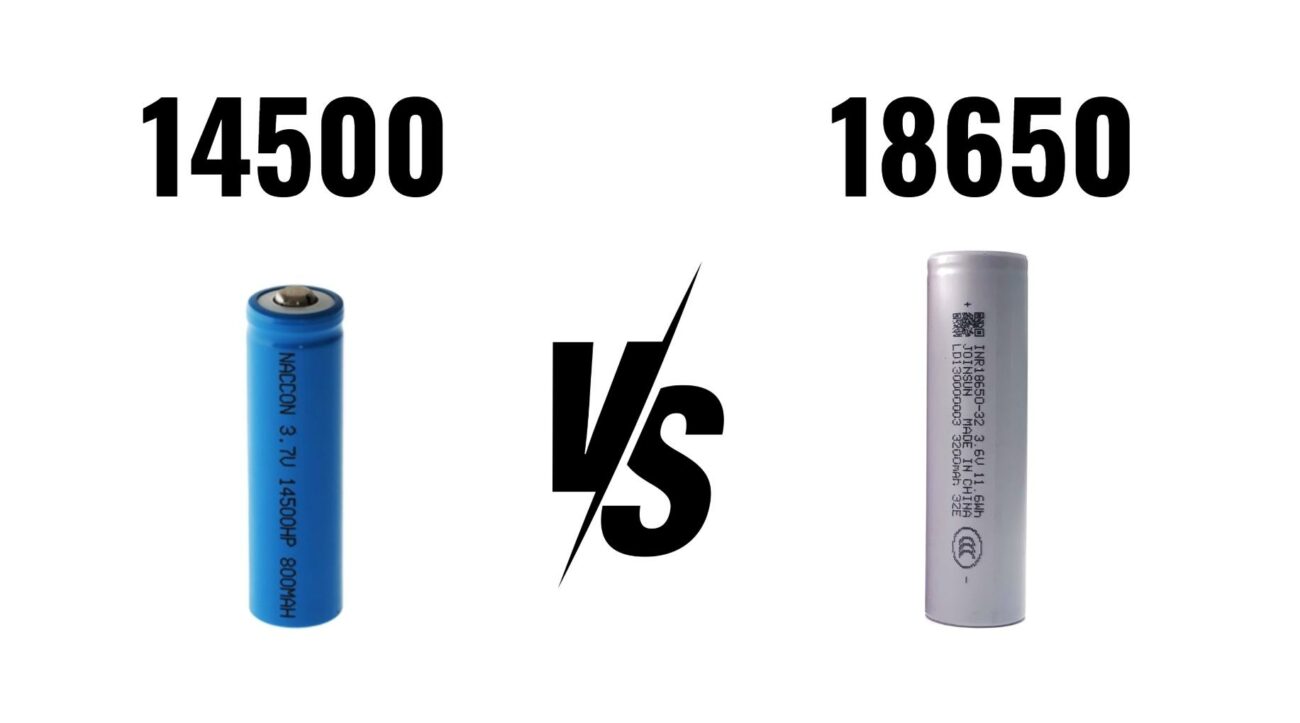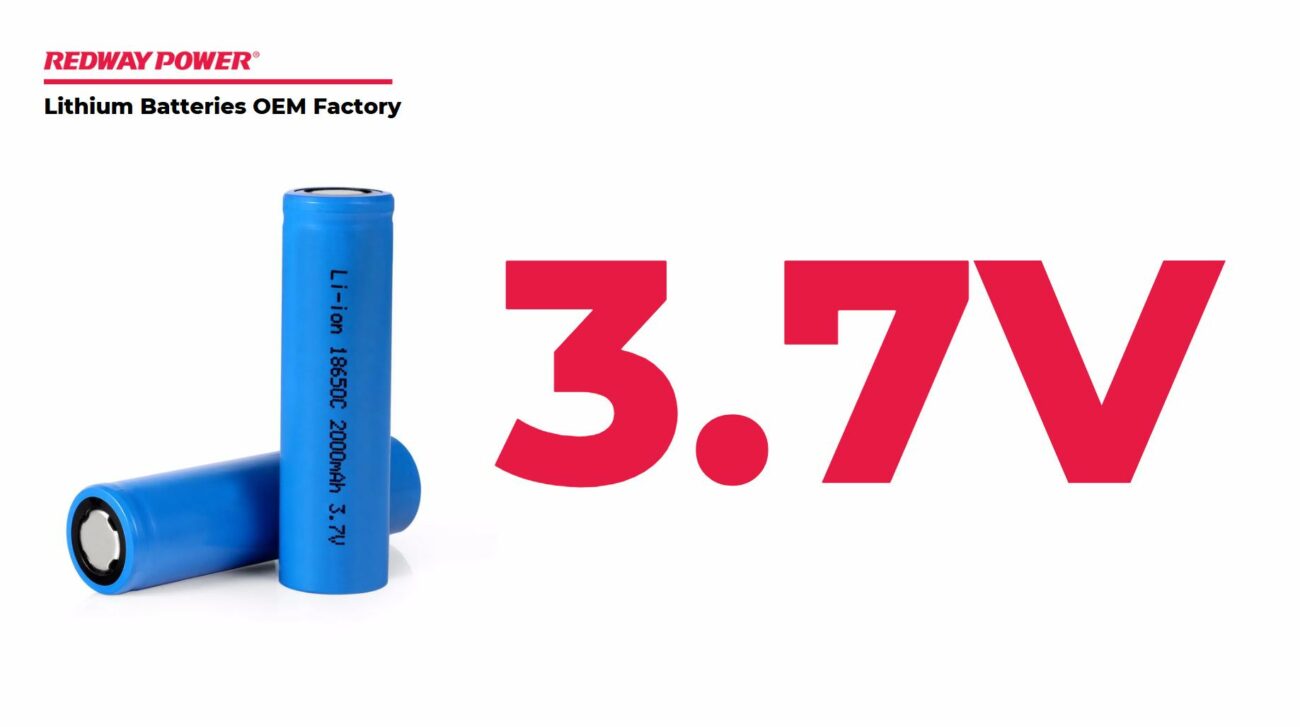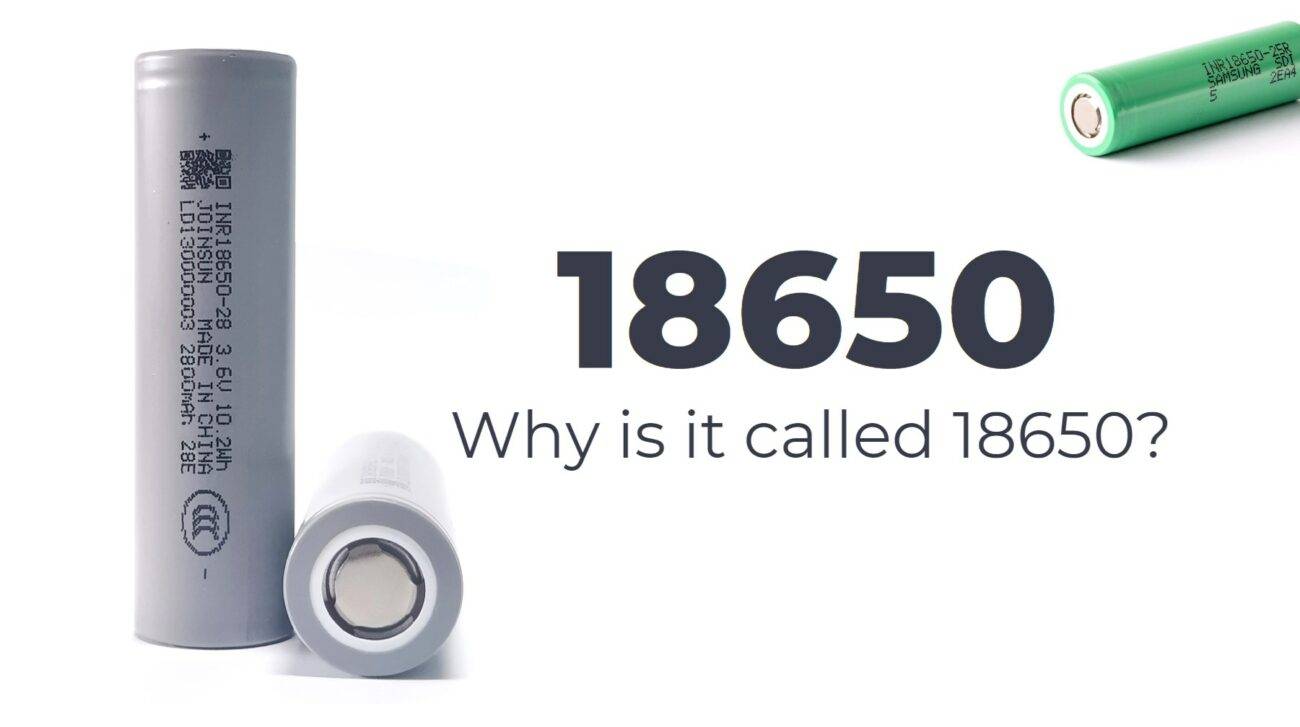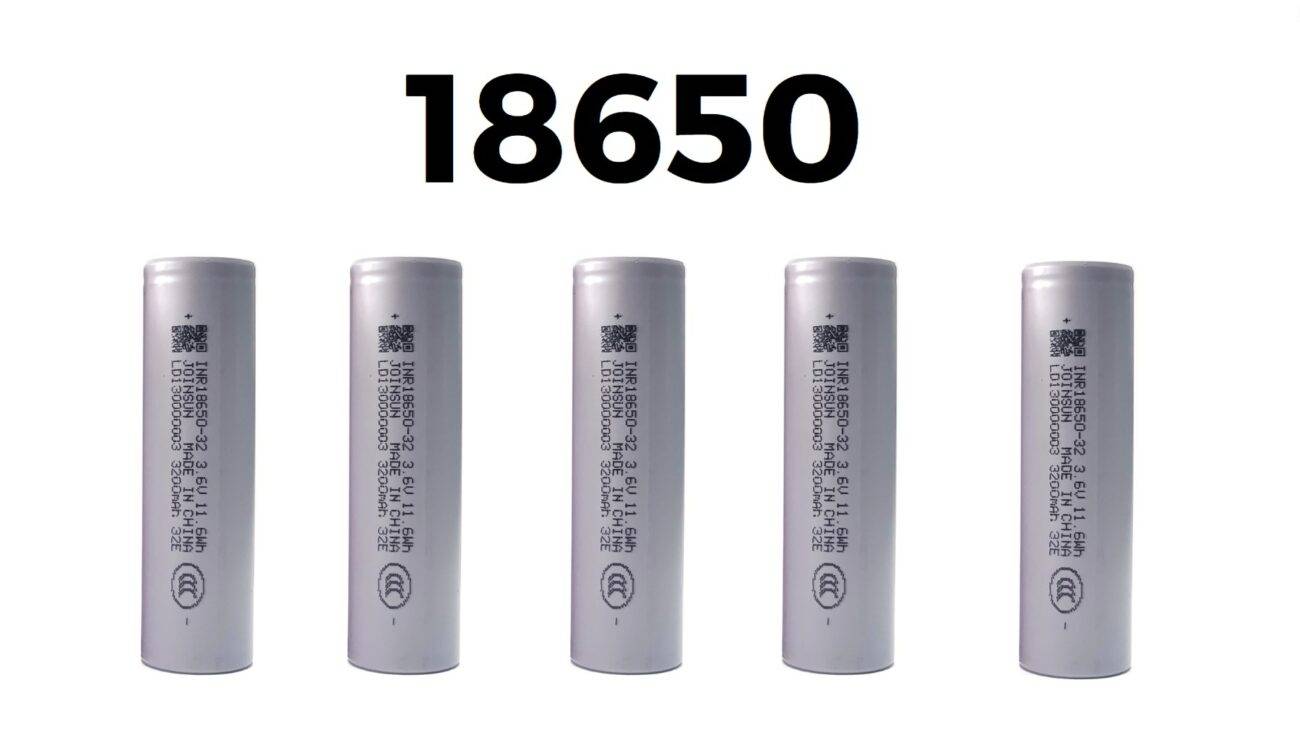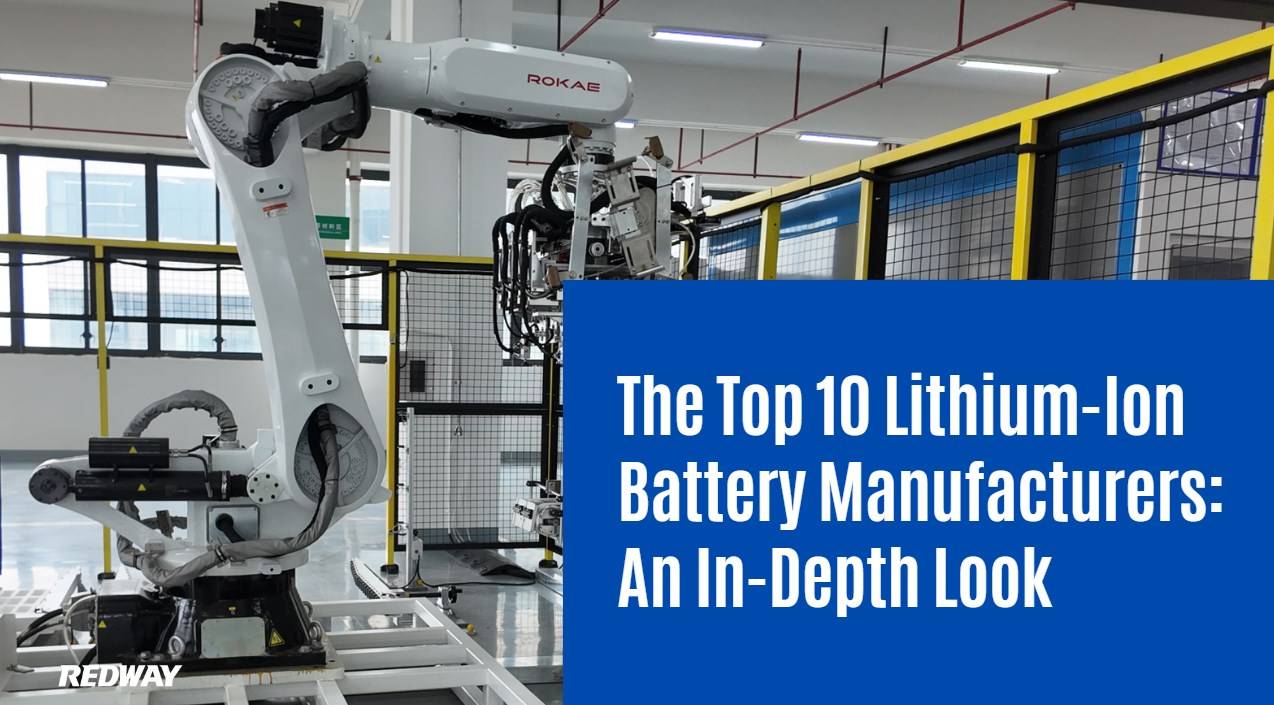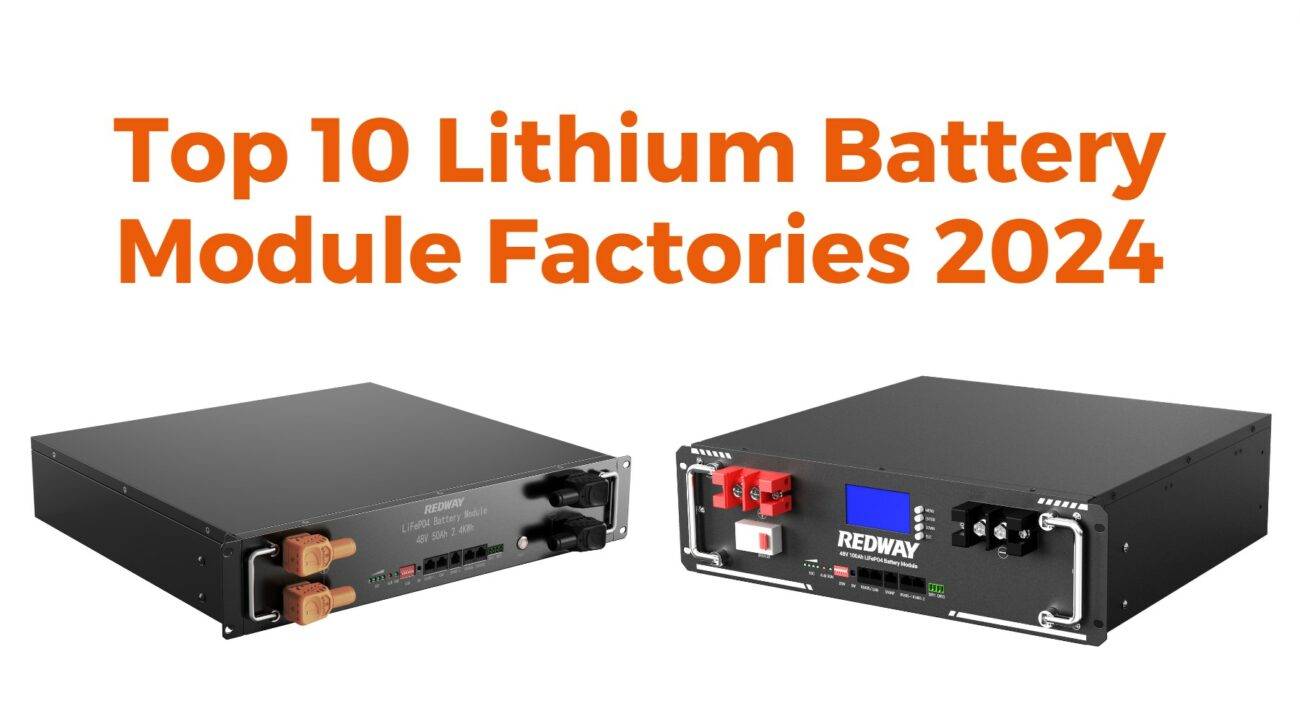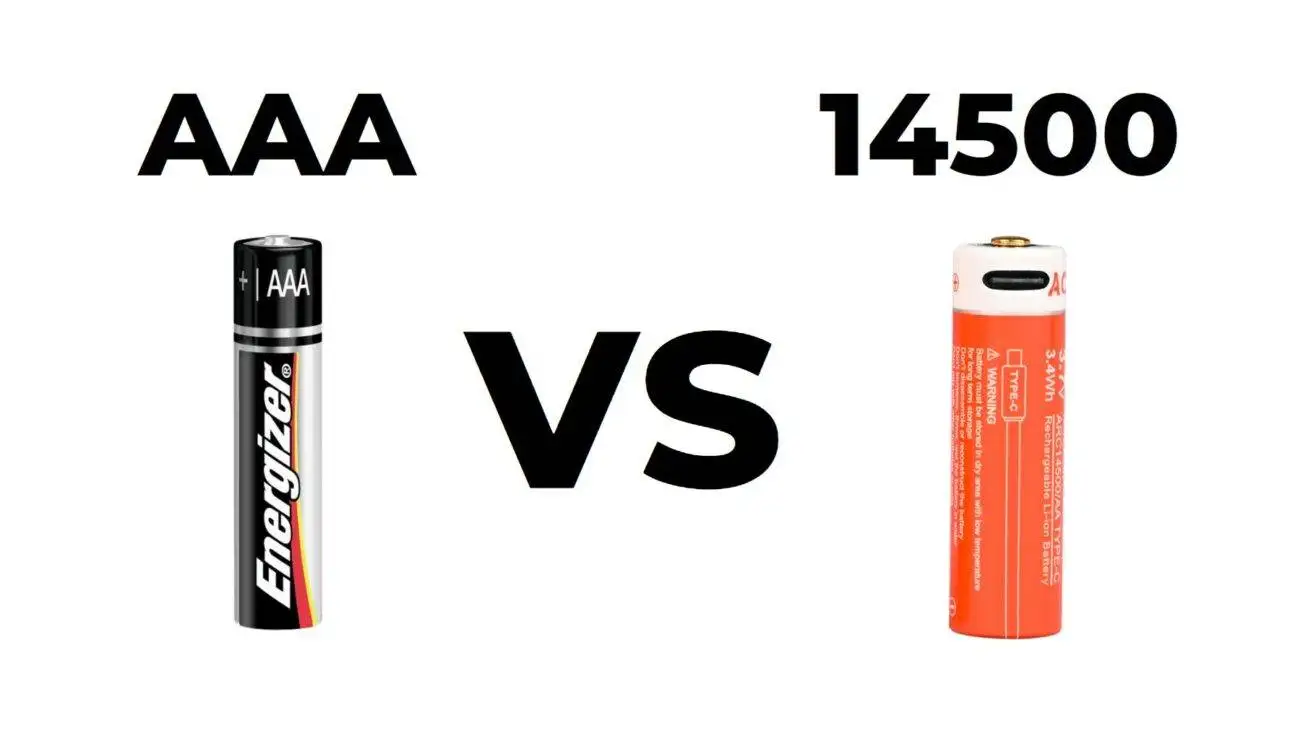When comparing the 18650 and 14500 batteries, it’s essential to understand their specifications, including dimensions, capacities, voltage, discharge rates, and applications. The 18650 battery is larger with higher capacity, making it suitable for high-drain devices, while the 14500 battery is compact and ideal for smaller electronics. Choosing the right battery depends on your device’s requirements.
What are the dimensions of 18650 and 14500 batteries?
The dimensions of these two battery types significantly influence their applications. The 18650 battery measures 18 mm in diameter and 65 mm in length, while the 14500 battery is smaller, measuring 14 mm in diameter and 50 mm in length. This size difference affects compatibility with devices.Chart: Dimensions Comparison
| Battery Type | Diameter (mm) | Length (mm) |
|---|---|---|
| 18650 | 18 | 65 |
| 14500 | 14 | 50 |
How do the capacities of 18650 and 14500 batteries compare?
The capacity of a battery determines how long it can power a device before needing a recharge. The 18650 battery typically has a capacity ranging from 1200 mAh to 3600 mAh, while the 14500 battery offers a lower capacity between 500 mAh to 900 mAh. This makes the 18650 better suited for high-drain applications.Chart: Capacity Comparison
| Battery Type | Capacity Range (mAh) |
|---|---|
| 18650 | 1200 – 3600 |
| 14500 | 500 – 900 |
What are the voltage specifications for each battery type?
Both the 18650 and 14500 batteries operate at similar nominal voltages, typically around 3.7 volts. However, slight variations may occur depending on specific models or manufacturers. This voltage consistency allows both types to be used interchangeably in many devices designed for lithium-ion technology.
How do discharge rates affect performance in these batteries?
Discharge rates indicate how quickly a battery can deliver its stored energy. The 18650 battery generally supports higher discharge rates, up to 10C, making it ideal for applications requiring bursts of power, such as power tools or electric vehicles. In contrast, the 14500 battery typically supports lower discharge rates around 0.5C to 1C, which suits less demanding devices.Chart: Discharge Rate Comparison
| Battery Type | Maximum Discharge Rate (C) |
|---|---|
| 18650 | Up to 10 |
| 14500 | Up to 1 |
What applications are best suited for 18650 and 14500 batteries?
The choice between these two batteries largely depends on their intended use:
- 18650 Batteries: Commonly used in high-performance devices such as laptops, electric vehicles, power tools, and vaping devices due to their higher capacity and discharge rates.
- 14500 Batteries: Ideal for portable electronic devices like flashlights, remote-controlled toys, and other compact gadgets where space is limited.
Both types offer reliable performance but cater to different needs based on size and power requirements.Buy Wholesale Battery Tips
For wholesale battery buyers or clients seeking OEM orders overseas, choosing Redway Battery is an excellent option. With over 13 years of experience, Redway offers high-quality lithium batteries as a sustainable alternative to lead-acid batteries. To make OEM orders from a reliable manufacturer like Redway Battery:
- Research potential suppliers based on their reputation and product offerings.
- Request samples to assess quality before placing bulk orders.
- Discuss customization options to meet specific project requirements.
Industrial News
Recent developments in lithium-ion battery technology highlight ongoing advancements:
- New Innovations in Energy Density: Researchers are exploring new materials that could increase energy density in both the 18650 and 14500 batteries, potentially allowing them to store more energy without increasing size.
- Sustainability Initiatives: Many manufacturers are focusing on recycling programs for lithium-ion batteries to reduce environmental impact as demand continues to grow.
These trends indicate a robust growth trajectory for the industry as demand for efficient energy storage solutions rises.
Redway Expert Views
“Choosing between an 18650 or a 14500 battery depends heavily on your device’s requirements,” stated an expert from Redway Battery. “While the larger capacity of the 18650 makes it suitable for high-drain applications, the compact nature of the 14500 allows it to fit into smaller devices without sacrificing performance.”
FAQ Section
- What is the main difference between the dimensions of these two batteries?
The 18650 battery measures 18 mm x 65 mm, while the 14500 battery measures 14 mm x 50 mm, making the former larger. - How does capacity affect performance?
The capacity indicates how long a device can run before needing a recharge; the **18650 typically offers higher capacities than the 14500, making it suitable for power-hungry devices. - What are typical voltage levels for both batteries?
Both batteries usually operate at a nominal voltage of about 3.7 volts, but this can vary slightly by model. - What are suitable applications for each battery type?
The 18650 is ideal for laptops and electric vehicles, while the 14500 works well in flashlights and small electronics. - Why is discharge rate important?
Higher discharge rates allow batteries like the 18650 to deliver bursts of power needed in demanding applications compared to lower rates found in the 14500.


